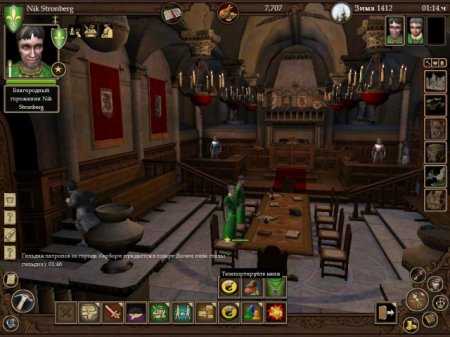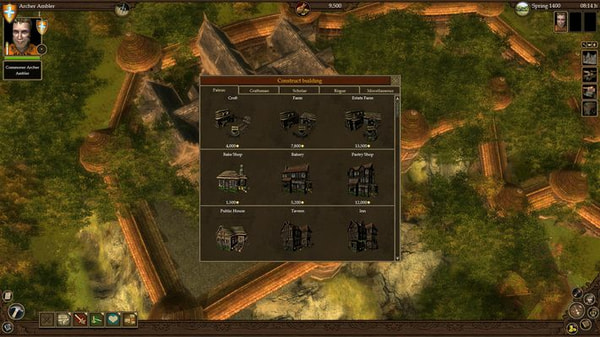
(There is some debate about Drake's voyages, with certain historians asserting that Drake deliberately recorded misleading geographical information to cover the true scope of his travels from the Spanish. Drake reputedly landed off the coast of California, claiming it for Queen Elizabeth I. Continuing to face stormy weather, Drake remained in his flagship, the newly dubbed Golden Hind and only remaining vessel from the original squad, sailing up the coasts of Chile and Peru and plundering an unprotected Spanish merchant ship full of bullion. They were soon caught in a storm, with Winter's ship reversing course and returning to England. They returned to Plymouth in 1573.ĭrake then led the fleet into the Strait of Magellan to reach the Pacific Ocean. They stayed in the area for a time, and after Drake’s wounds healed, they raided several Spanish settlements, picking up much gold and silver. However, he was seriously wounded during the raid, so he and his men withdrew without much treasure.

With two ships and a crew of 73 men, Drake captured the town. He planned to attack the town of Nombre de Dios, a drop-off point for Spanish ships bringing silver and gold from Peru. That year Drake embarked on his first independent voyage to Panama from Plymouth, England. In 1572, Drake obtained a privateer's commission from Queen Elizabeth I, which was essentially a license to plunder any property belonging to King Philip II of Spain. The incident instilled in Drake a deep hatred of the Spanish crown. The two escaped on their respective ships while scores of their men were killed. In 1568, Drake and Hawkins became trapped in the Mexican port of San Juan de Ulúa in a face-off with the newly established Spanish viceroy's forces. They then sailed to New Spain to sell their captives to settlers, an action that was against Spanish law.

With a small fleet, Drake and his cousin, John Hawkins, sailed to Africa and worked illegally as slave traders.

By the 1560s, Drake was given command of his own ship, the Judith.


 0 kommentar(er)
0 kommentar(er)
